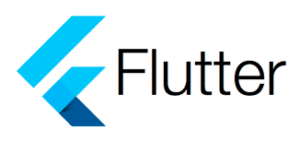I want to show some popups in a fluttter project to get location and disable battery optimazation whenever I open the app.
I tried and showed this popup using ElevatedButton. But as I want to show this popup at the opening of the app, so this work using elevated button is not appropriate for me. So, is it possible to show popup from the first second without using any elevated button or something else? If it is possiblem, then please guide me how to do this.

 Question posted in
Question posted in 

2
Answers
Displaying a popup even before
initStatein a Flutter application isn’t directly possible, because the framework needs to build the widget tree before you can interact with the UI to display dialogs or popups.initStateis the earliest lifecycle method in a stateful widget where you have access to the context and can safely interact with the widget tree, making it the earliest point you can programmatically show a dialog when a widget is first displayed.However, if your goal is to ensure a popup appears as soon as possible in your application’s lifecycle, consider the following approach:
1. Showing a Popup at the Very Start of Your App
You can show a popup as soon as your main app widget is built for the first time. To make it seem like the popup is showing even before
initState, you could use theWidgetsBinding.instance.addPostFrameCallbackwithininitStateto schedule the popup to be shown after the first frame, ensuring the widget’s build context is fully initialized.This is effectively the earliest you can interact with the UI to display a popup. While it technically occurs after
initState, it’s immediately after the widget is first drawn, making it appear almost instantaneously to the user.Example:
2. Considerations for User Experience
Automatically showing popups as soon as the app launches might not always lead to the best user experience, especially if the user is greeted with permissions requests or other dialogs immediately upon opening the app. It’s often a good practice to provide some context or allow the user to interact with the app before requesting permissions or showing important information in popups.
3. Handling Permissions and Settings
For specific tasks like getting location permissions or asking the user to disable battery optimization for your app, consider using dedicated packages (like
permission_handlerfor permissions) that provide a more seamless experience. These tasks often require showing a system-level dialog or opening the app’s settings page, and handling them appropriately after giving the user some context usually results in better user compliance and app experience.Remember, timing and context are key when asking users for permissions or to take certain actions for your app.
In an app of mine, I show a privacy-related dialog this way:
You can adjust the
Duration: in my case, it usually happens too fast for the user to do anything else.